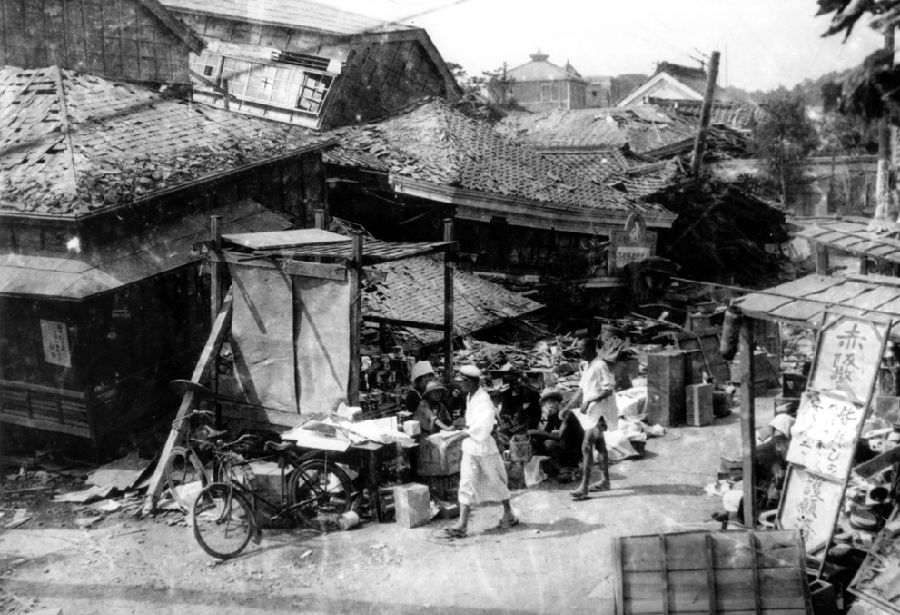Tokyo stands on the boundary of three tectonic plates in a country already well known for its seismic instability. In 1995, as you will remember, the city of Kobe, three hundred miles to the west, was struck by a magnitude 7.2 quake, which killed 6,394 people. The damage was estimated at $99 billion. But that was as nothing—well, as comparatively little—compared with what may await Tokyo.

Tokyo has already suffered one of the most devastating earthquakes in modern times. On September 1, 1923, just before noon, the city was hit by what is known as the Great Kanto quake—an event more than ten times more powerful than Kobe's earthquake. Two hundred thousand people were killed. Since that time, Tokyo has been eerily quiet, so the strain beneath the surface has been building for eighty years. Eventually it is bound to snap. In 1923, Tokyo had a population of about three million. Today it is approaching thirty million. Nobody cares to guess how many people might die, but the potential economic cost has been put as high as $7 trillion.











